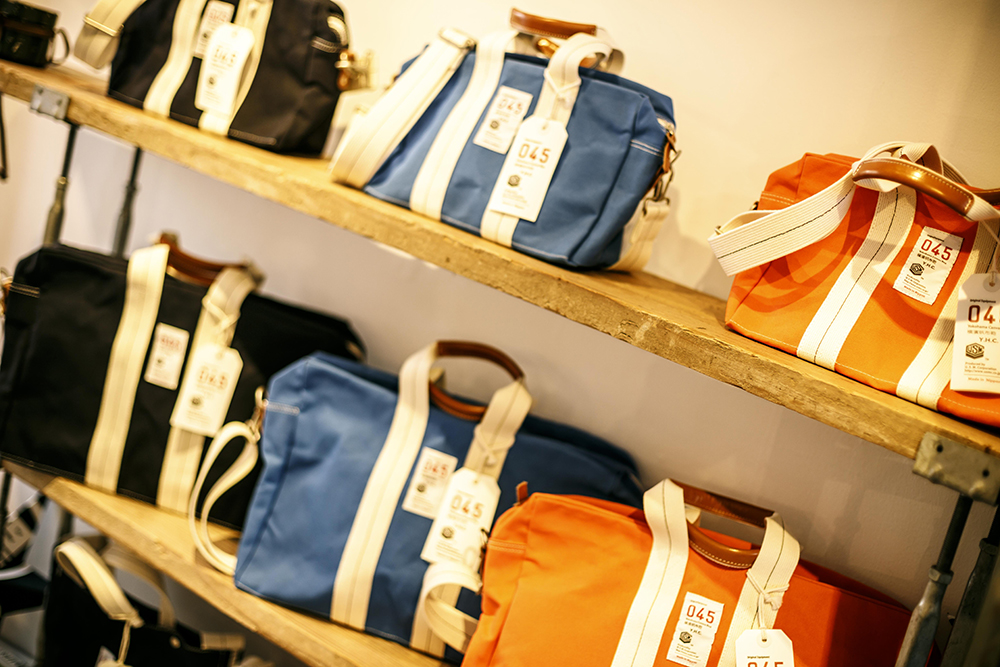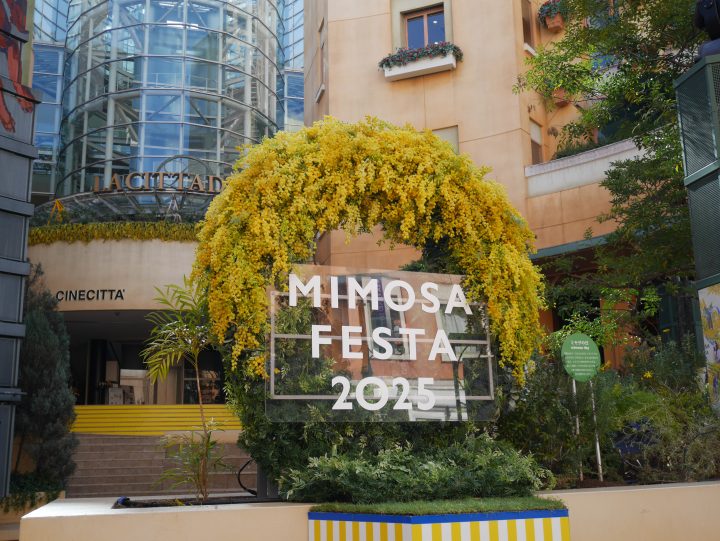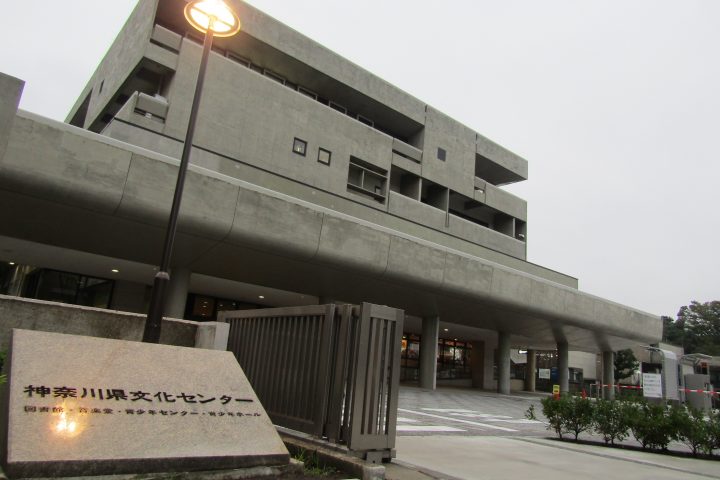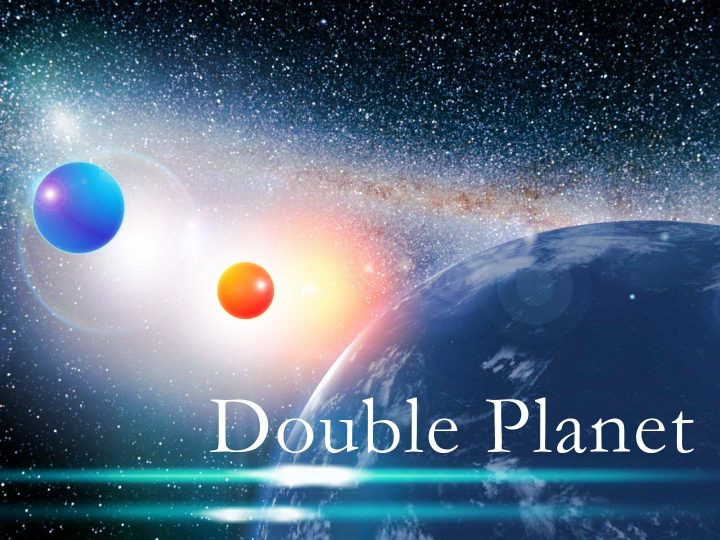Yokohama Canvas Bags: Promoting the port city of Yokohama to the present and future through bag manufacturing
![港町・横浜を鞄づくりで今へ、未来へ発信する[横濱帆布鞄]](https://magcul.net/wp-content/uploads/2018/03/eced61dcba5b65471de84586340da769-1.jpg)
Manufacturing
Creating things
Craftsman's Landscape
This issue's site
[Occupation] Bag craftsman
[Craftsman name] Yokohama canvas bag, Suzuki Yukio
[Location] Yokohama Bankokubashi Bridge
Carefully, slowly, and with thought.
A section introducing manufacturing sites that make use of handcrafted techniques.
This time, we will be using special vinylon, which is used on ships, etc.
We are particular about domestic cotton canvas and materials, and the Yokohama area code
Even the "045" brand signature
We went to the familiar Yokohama Canvas Bags.
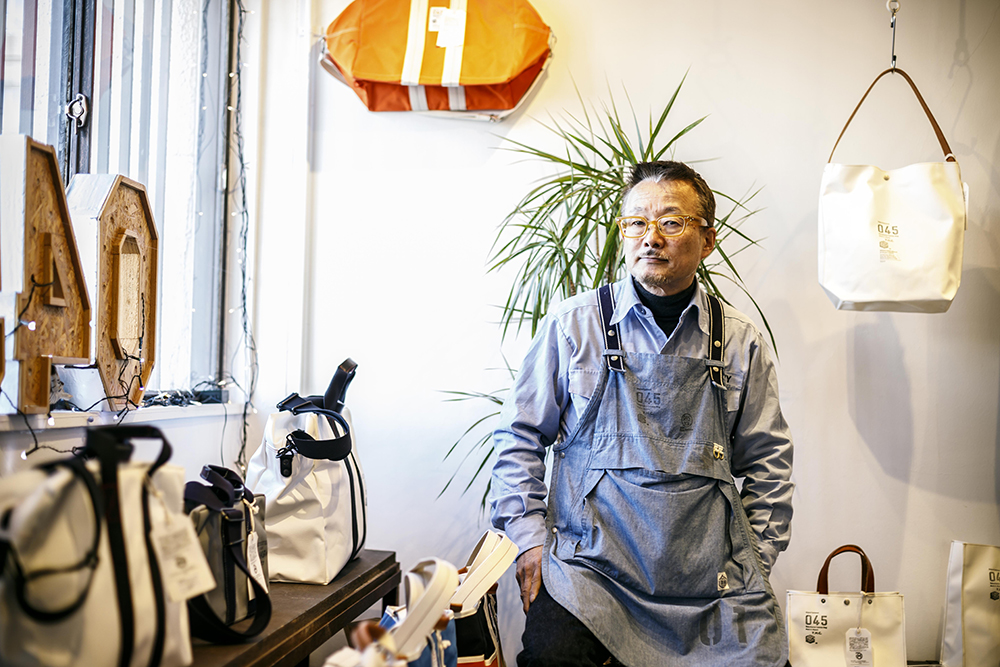
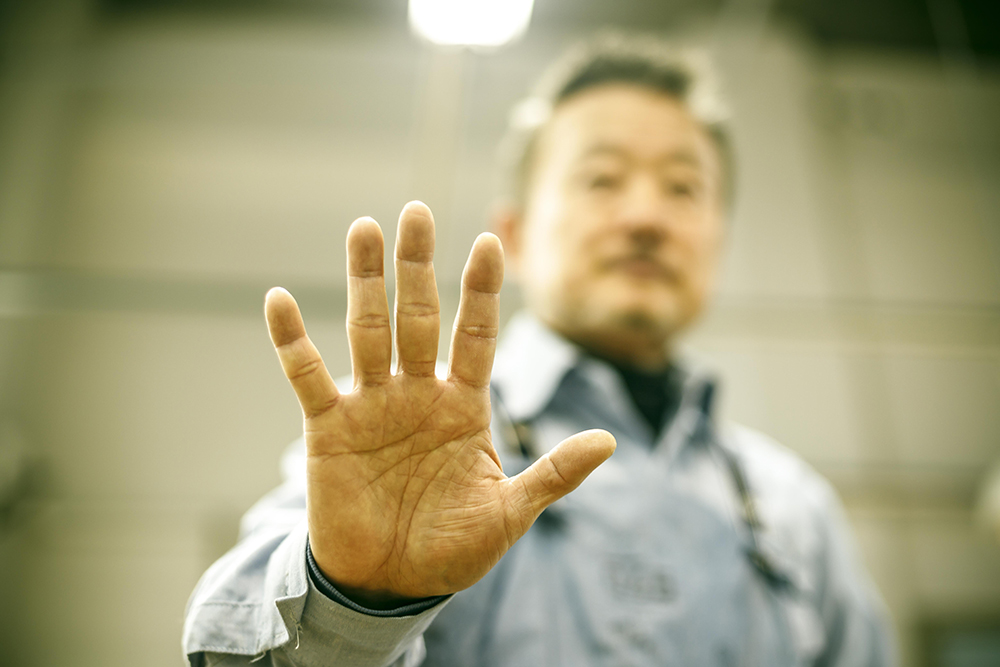
Simple and functional things are beautiful. Yokohama Canvas Bags embody this saying. They eschew unnecessary decoration and focus on the finest materials and parts. The two main materials used are vinylon naval canvas, which is used on ships such as those of the Japan Maritime Self-Defense Force, and domestic cotton canvas, which has a history of successful exports overseas since the early Showa period. "We wanted to create a bag that is unlike any other, so we focused on materials unique to the port city of Yokohama. We want to create bags with the ultimate outdoor specifications, and provide high-quality products rather than mass-produced products," says Suzuki. The durable, high-quality materials, easy-to-grip handles and other details that take the user's senses into consideration, and the design exudes a sense of aesthetics. We encourage you to try out some of these "Yokohama Originals" at the shop next to the workshop, located at the foot of Bankokubashi Bridge.
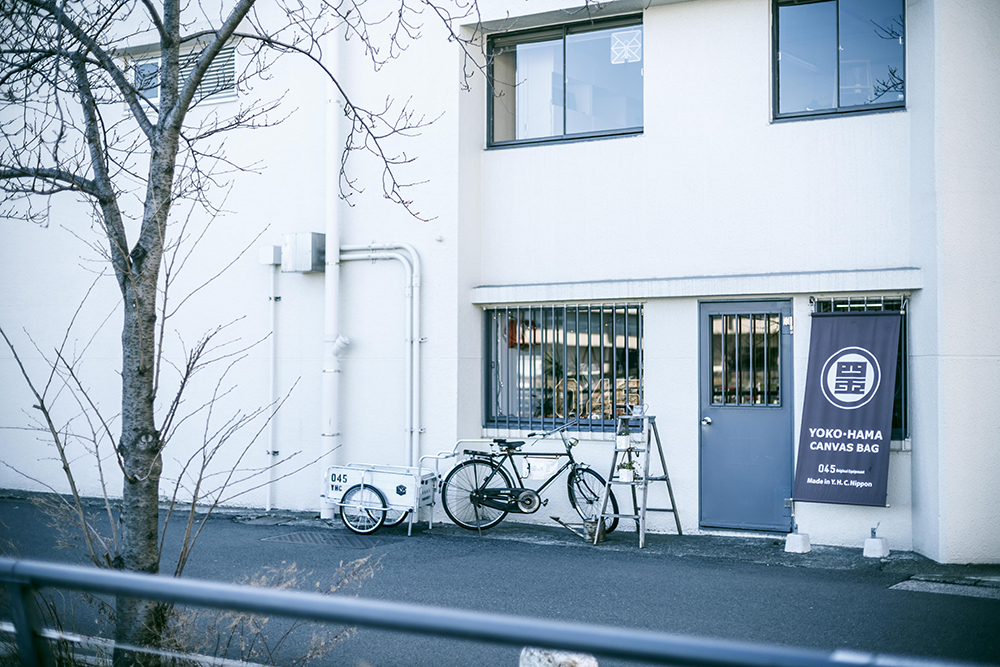
Yokohama Canvas Bags is located just a two-minute walk from Bashamichi Station on the Minatomirai Line. Its workshop is located at the foot of Bankokubashi Bridge, a famous spot for spectacular views of Yokohama's nightscape. Next door, there is a shop that has been renovated from the space previously used as a workshop.
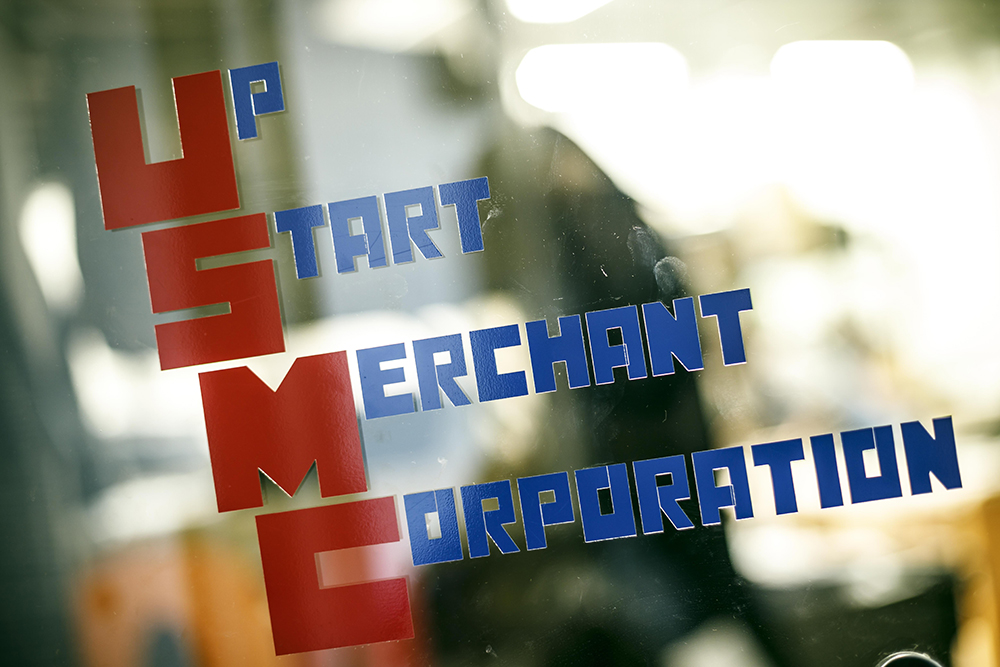
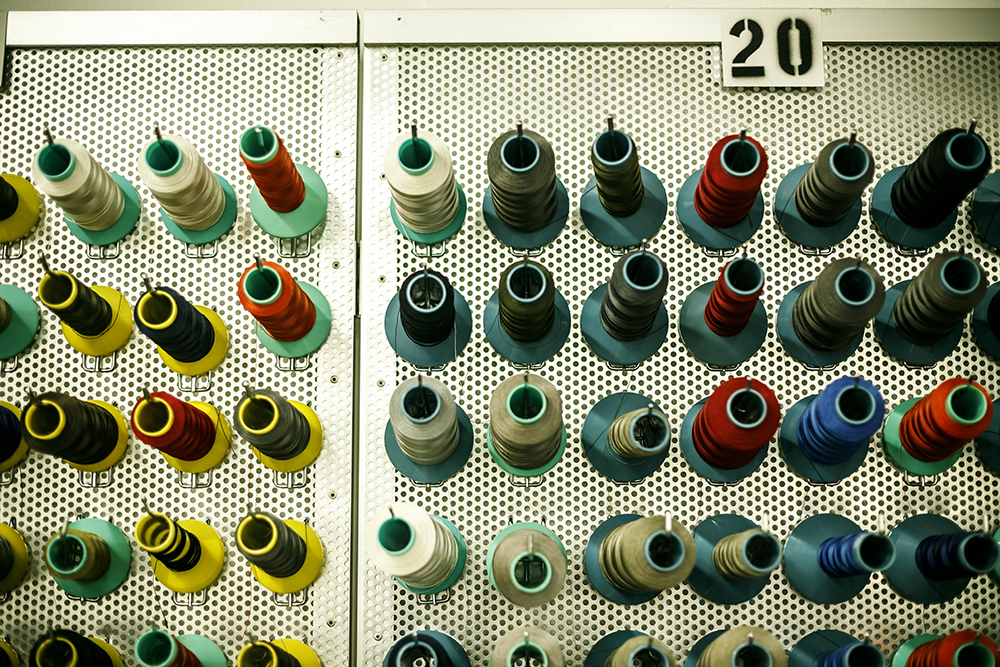

Suzuki Yukio, who previously worked for an apparel company, decided in 2013 to "make things himself" and "make something unique that can only be found in Yokohama," and founded Yokohama Canvas Bags. During his time working for the apparel company, Suzuki witnessed how a single design was mass-produced in hundreds of thousands in China and other countries. When starting his own brand, he decided to focus on "not mass consumption, but high-quality manufacturing that can be used for a long time."
Upon entering the workshop, one is greeted by a variety of items, including the canvas fabric, which is the main focus of the workshop, colorful threads, parts such as zip-ups, and sample bags. Despite being the first thing in the morning, Suzuki and the workshop staff have already begun silently cutting fabric and sewing.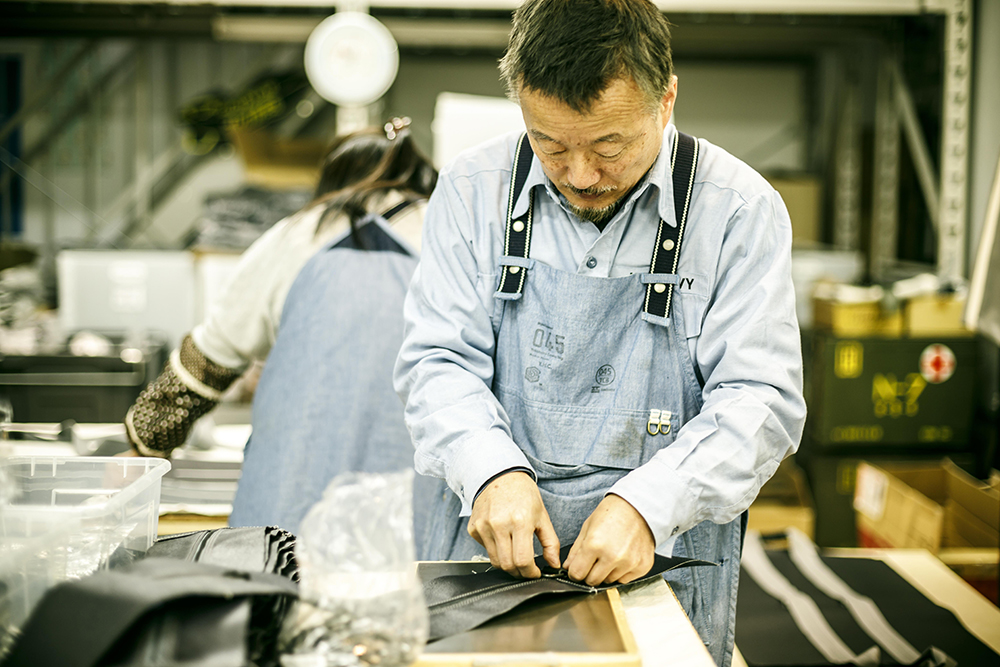

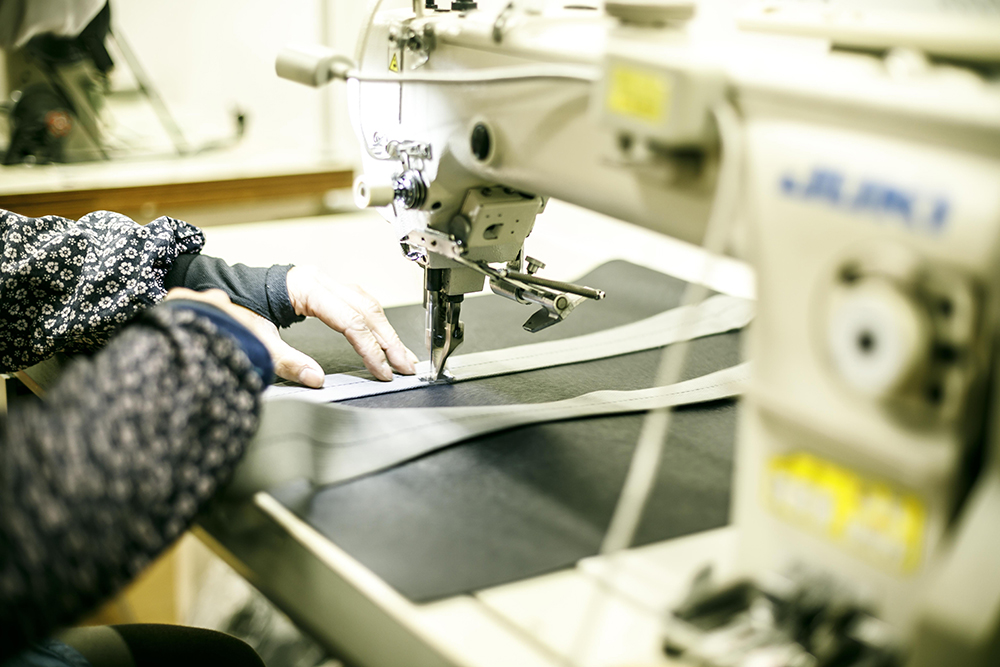
Holes are drilled into the sturdy vinylon canvas and parts are attached to them. A single bag is completed through a number of manual processes.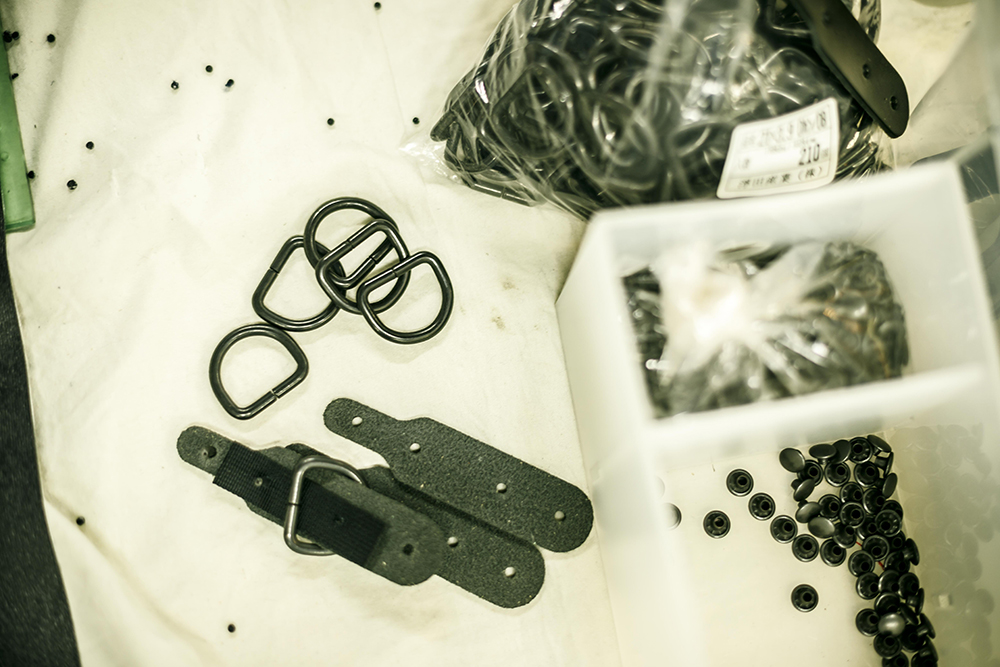
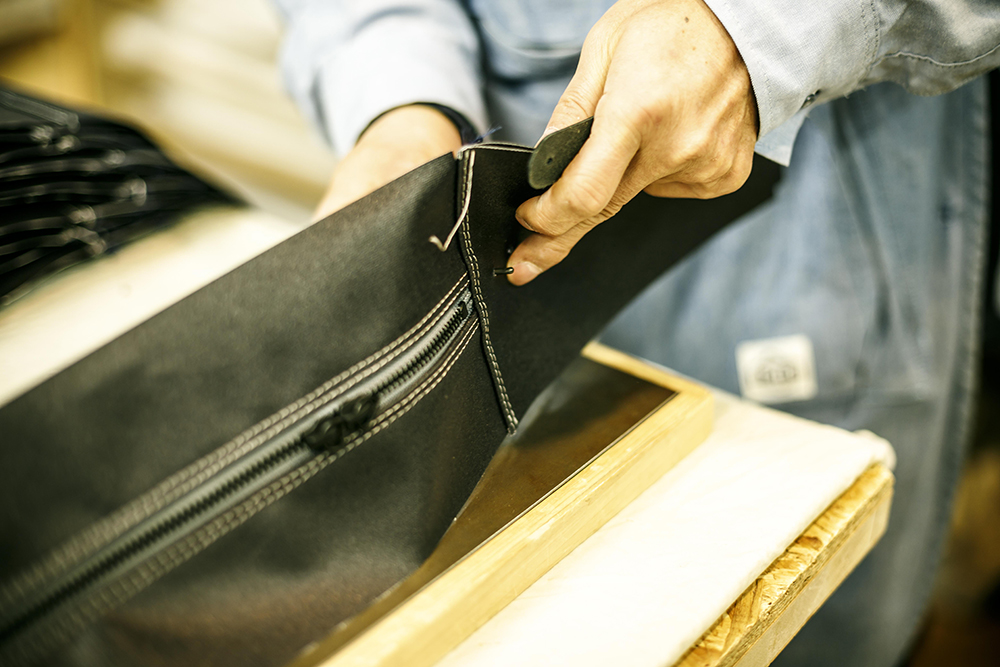
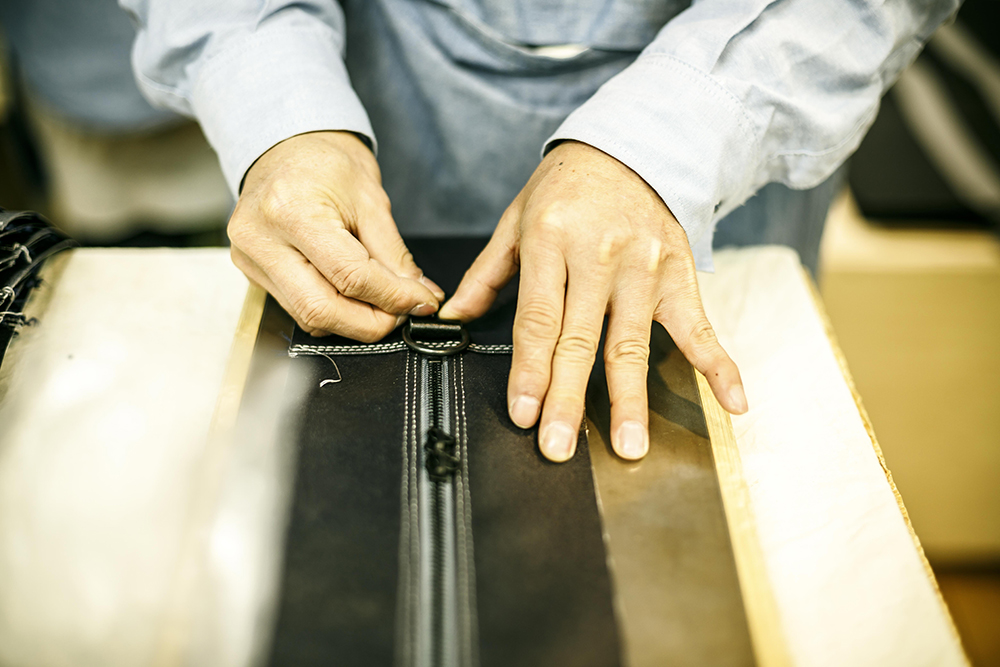
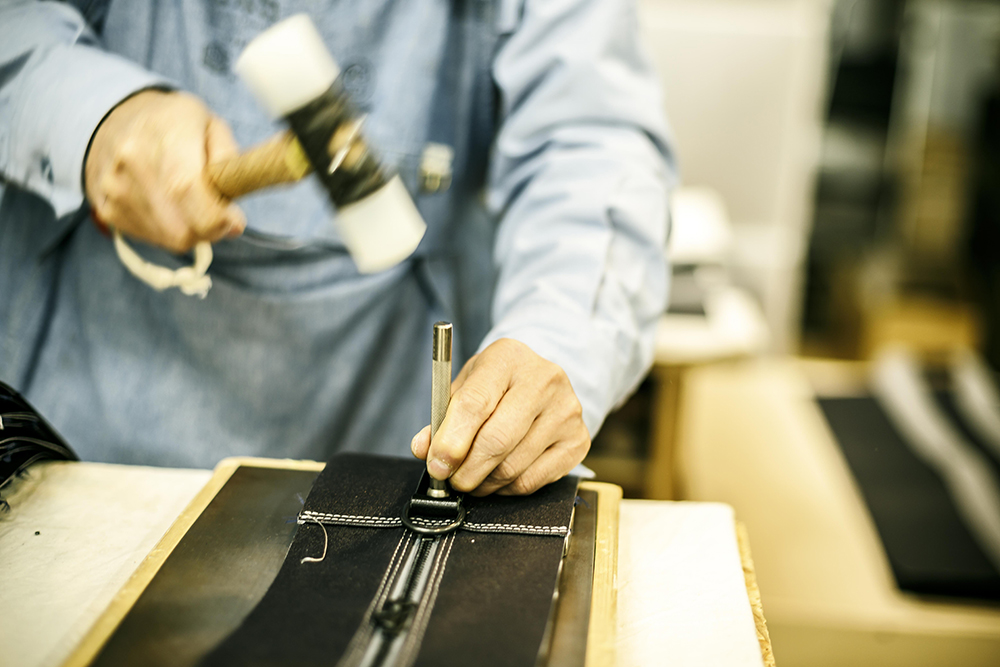
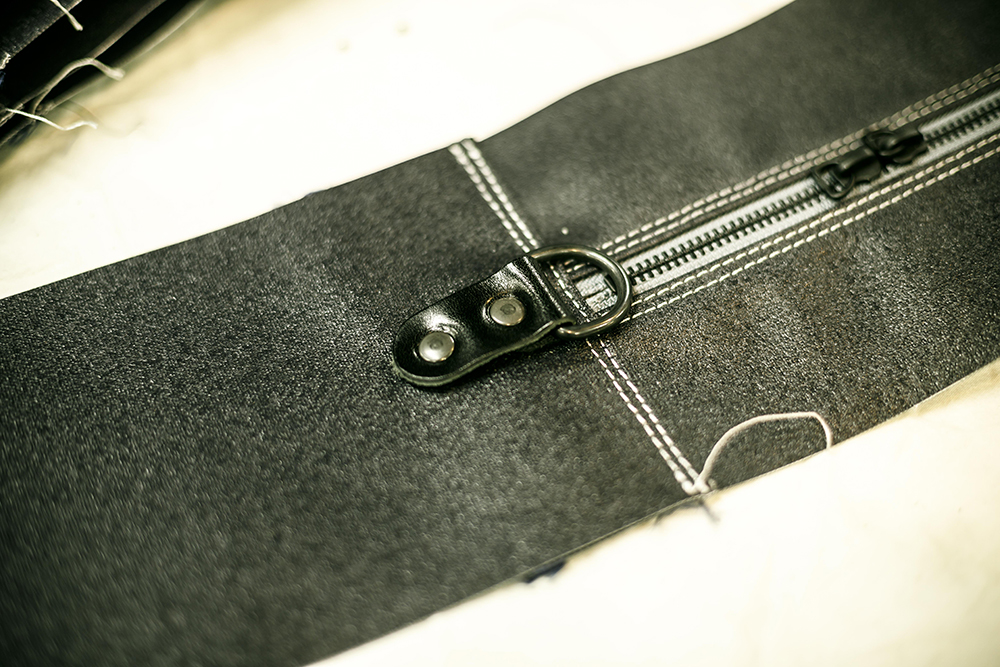
The photo below shows the process of chamfering the leather handles. A staff member at a store that sells Yokohama Canvas Bags told us that female customers had complained that the edges of the leather handles were rubbing against their hands, so we quickly made the necessary corrections. From that point on, we added another process of chamfering the edges of the handles.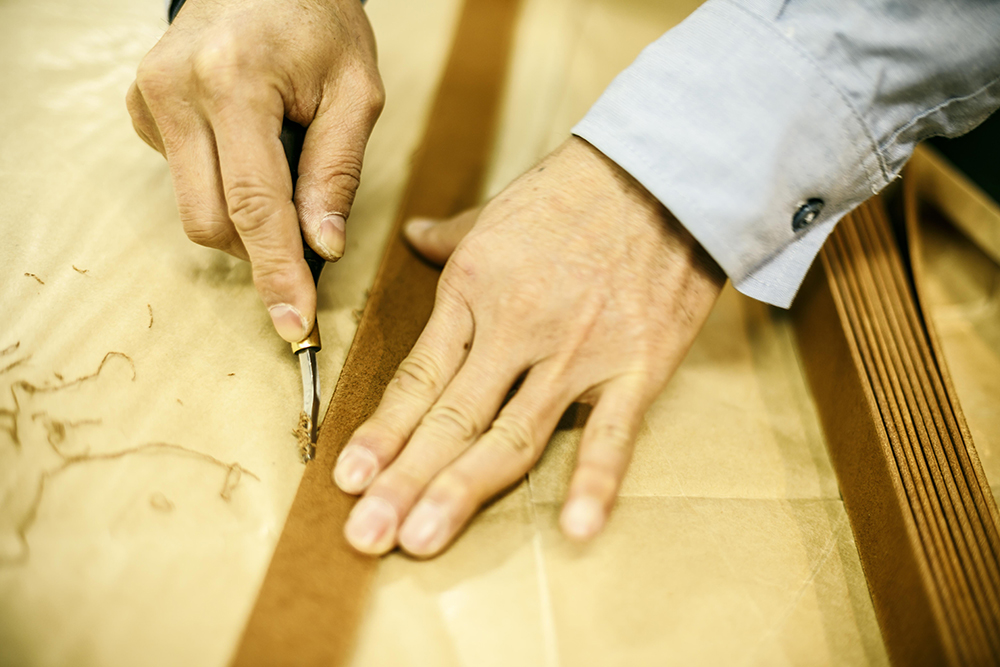
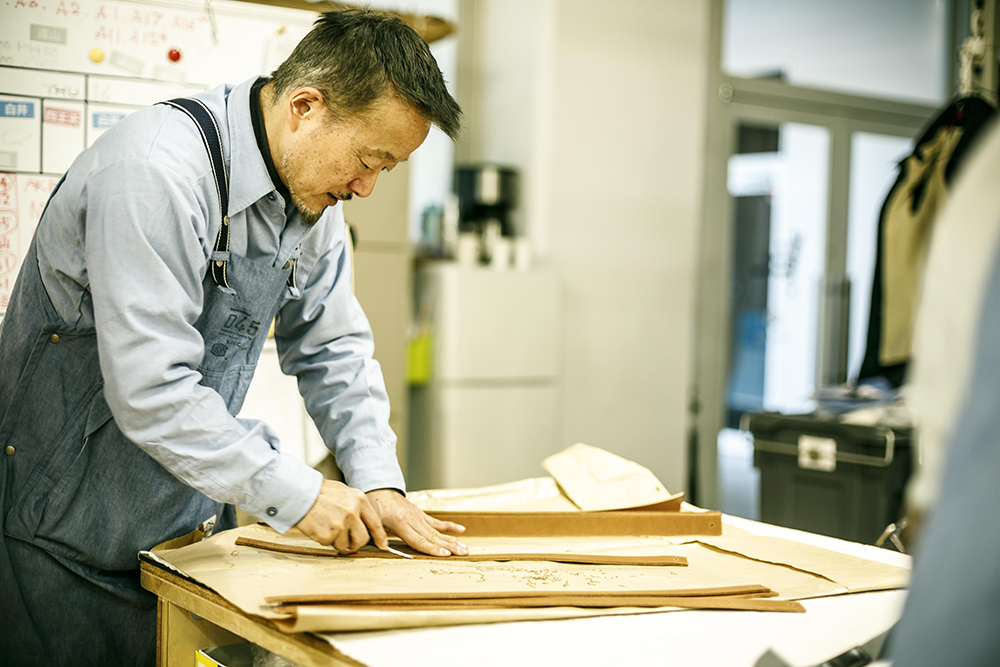
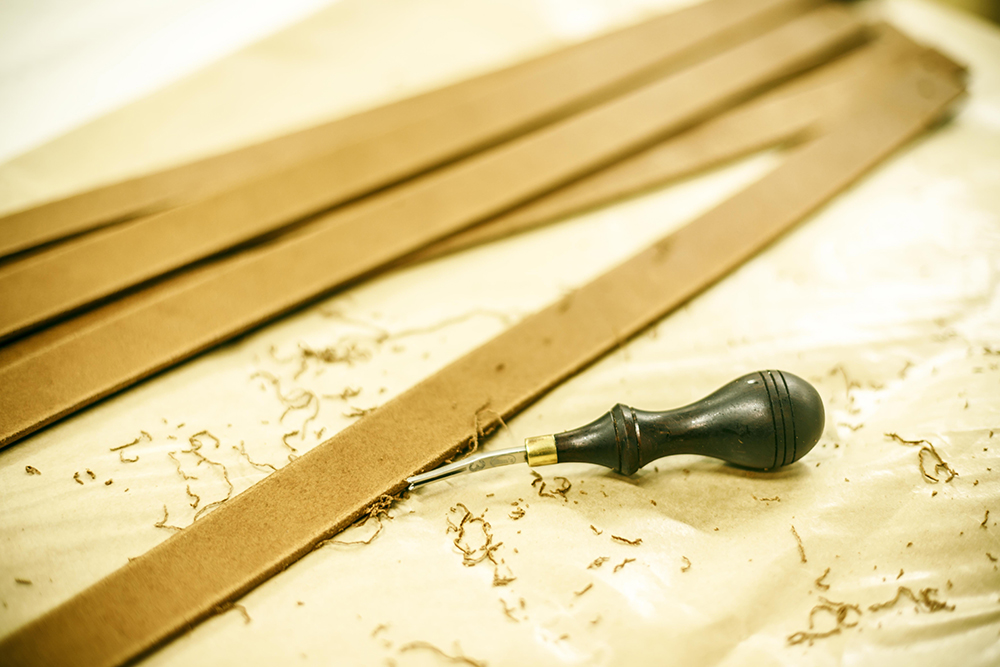
From a work perspective, more can be made if the edges are not chamfered. However, Suzuki's desire to "make better products that satisfy the user" has led him to continue this chamfering work. "I'm very grateful that people voice their weaknesses. The good parts are obvious, so no one praises them (laughs), but I think that's fine." Suzuki, who says that Japanese people are good at coming up with new ways to improve things, said that he had finished chamfering 600 edges the day before the interview. There are two sides, so a total of 1,200 edges were chamfered... an extra step to make things better... and a lot of time is spent on that.
This is a press machine that uses heat of about 120 degrees to stamp the brand's signature "045" and other marks into the leather. This painstaking work is repeated over and over on each and every handle of the bags we use every day.
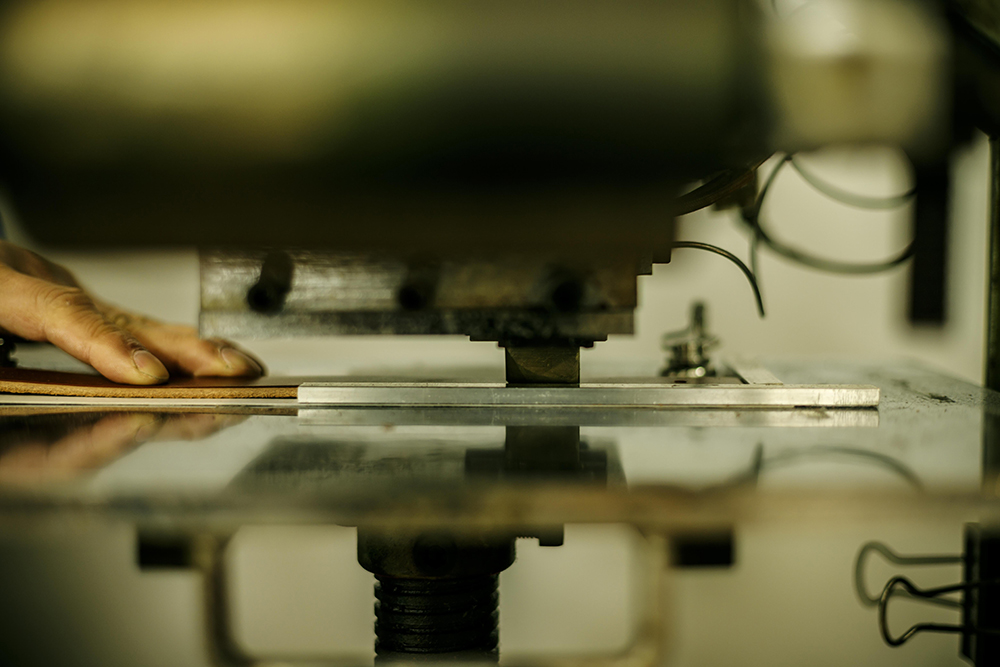
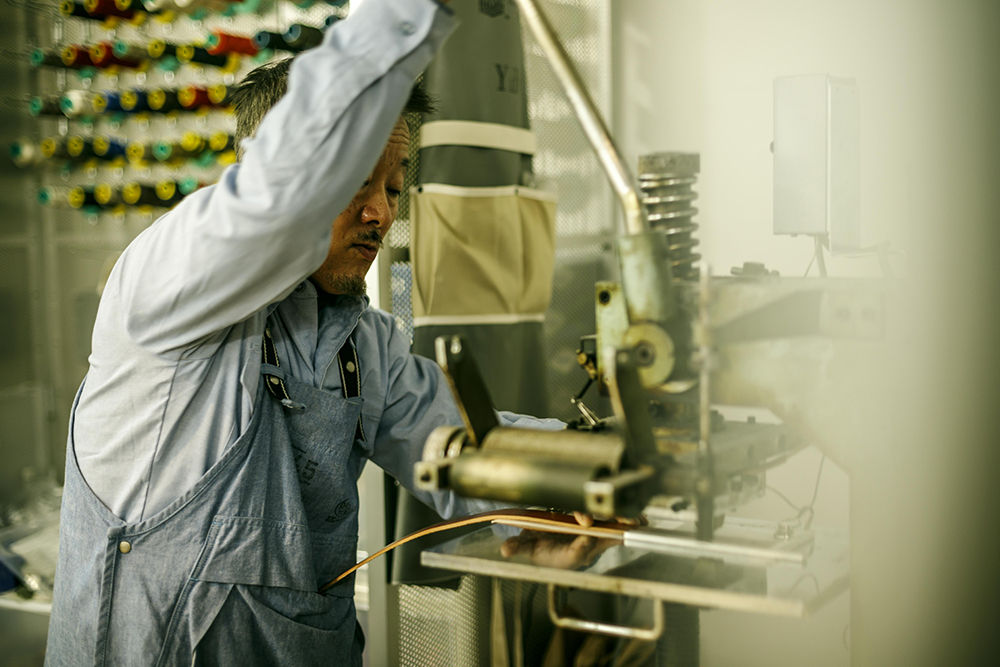

We also spoke about the materials that Yokohama Canvas Bags values. "When I started this brand, I wondered what would be uniquely Yokohama. Yokohama is a port city, and it used to be home to shipyards. That's how I came across the two materials we use now: Morino Ship Canvas and Takeyari Cotton Canvas."
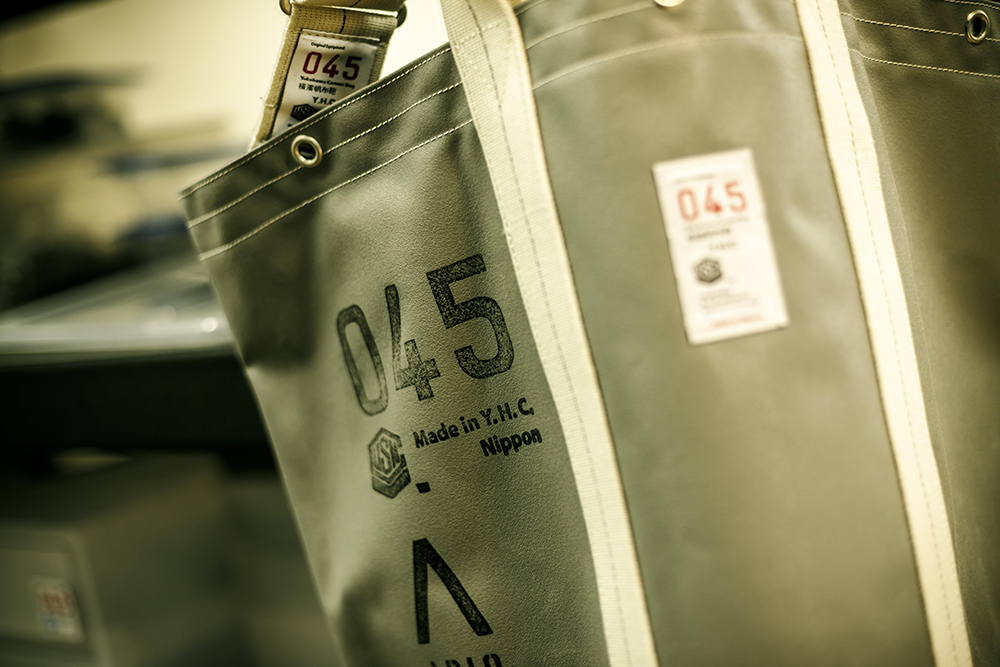
The first, "Morino Ship Canvas," is from Morino Canvas and Ship Gear Co., Ltd., founded in Yokohama in 1914 (Taisho 3) as a manufacturer of ship equipment, primarily producing canvas and rope. It's Morino Canvas and Ship Gear Co., Ltd.'s original vinylon No. 4 ship canvas, used on ships of the Japan Maritime Self-Defense Force and other vessels. The other, "Takeyari Canvas," is from Takeyari Co., Ltd., founded in 1888 (Meiji 21). Long ago, there was a company called Yokohama Canvas Co., Ltd. in Yokohama. In the Showa era (1926-1989), the company turned its attention to overseas markets, successfully exporting Japanese-made cotton canvas to Manchuria, China, Africa, Australia, and other countries around the world. High-quality Japanese cotton canvas was exported worldwide from Yokohama, and the Takeyari Weaving Factory (now Takeyari Co., Ltd.) in Kurashiki, Okayama Prefecture, was the main canvas production factory involved. (From the Yokohama Canvas Bags website "Material & Parts")
Among other things, there was one concern about using vinylon. Although it is a material that is salt-resistant, flame-retardant, and has excellent resistance to UV rays, is such a material really suitable for making bags? "Those properties themselves are not necessary for a bag that you use every day. But when we decided to create an original bag that is unique to Yokohama, we wanted to pursue the ultimate in outdoor specs that are not found in everyday life, as expressed by the port city of Yokohama. So we decided to take the plunge and use this material," says Suzuki.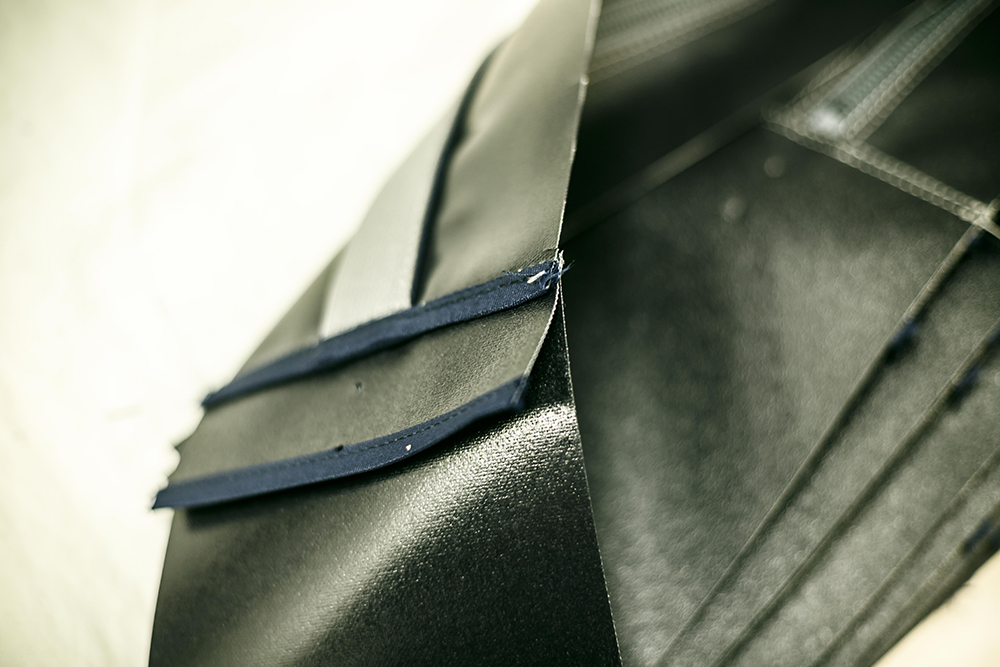
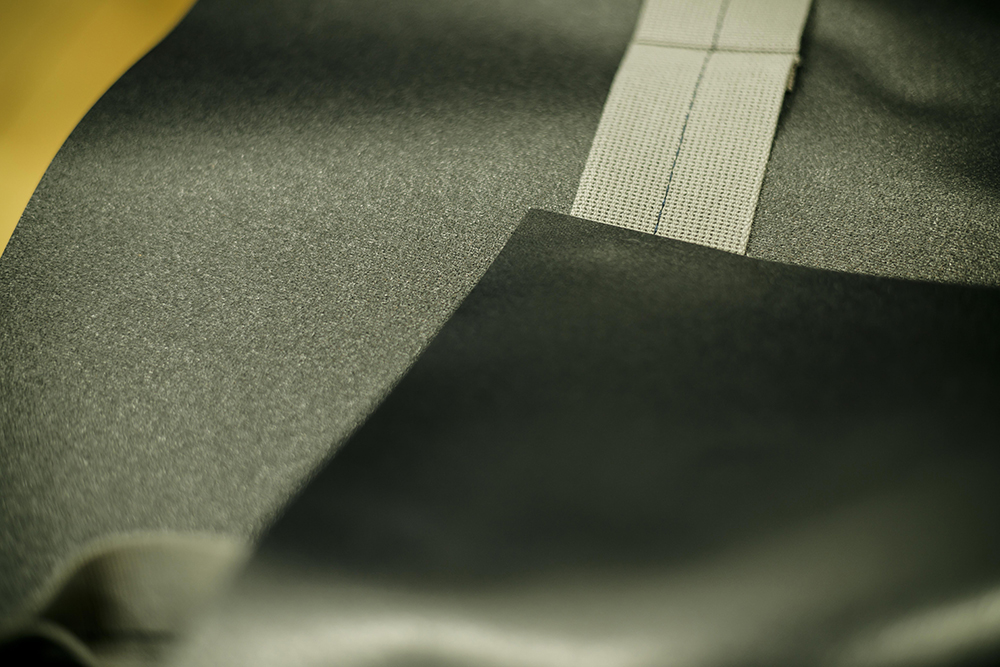
Currently, Suzuki-san is mainly involved in design and production, but she is also a skilled sewer. Using her foot on the pedal, she carefully sews strong materials.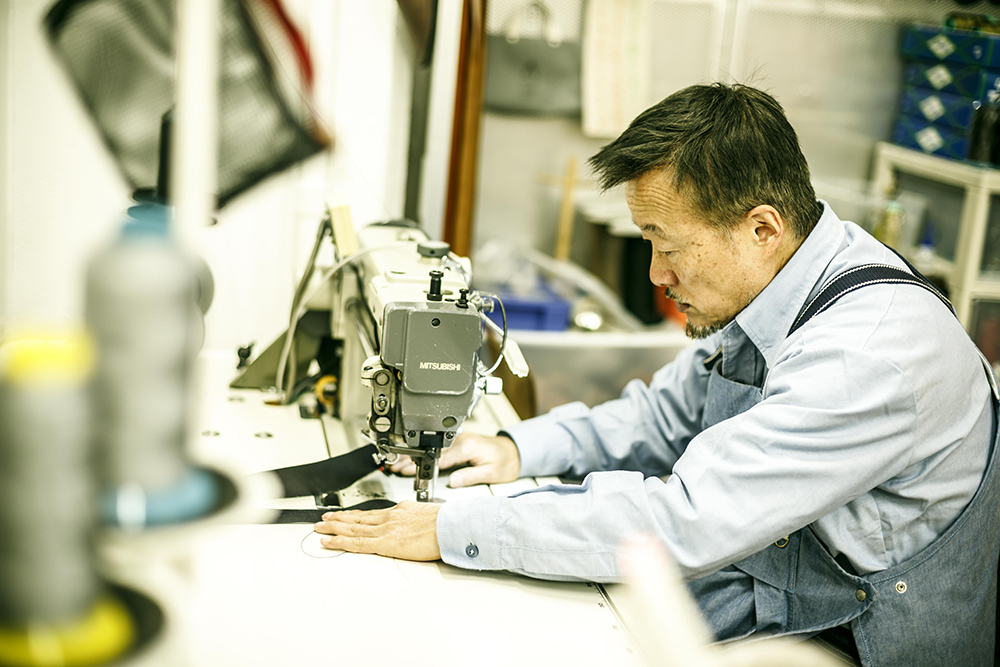
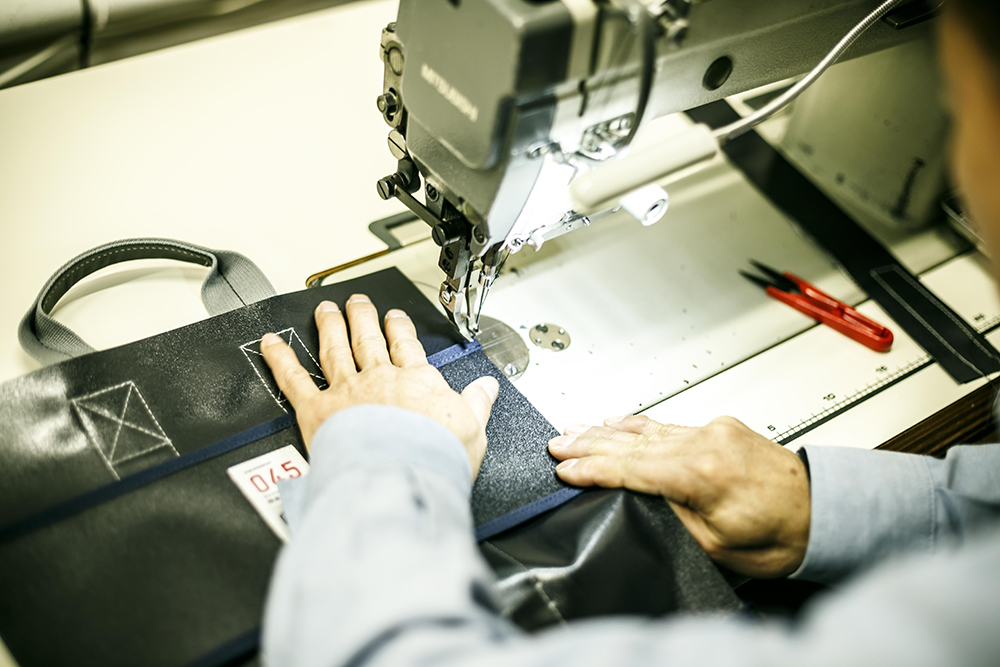
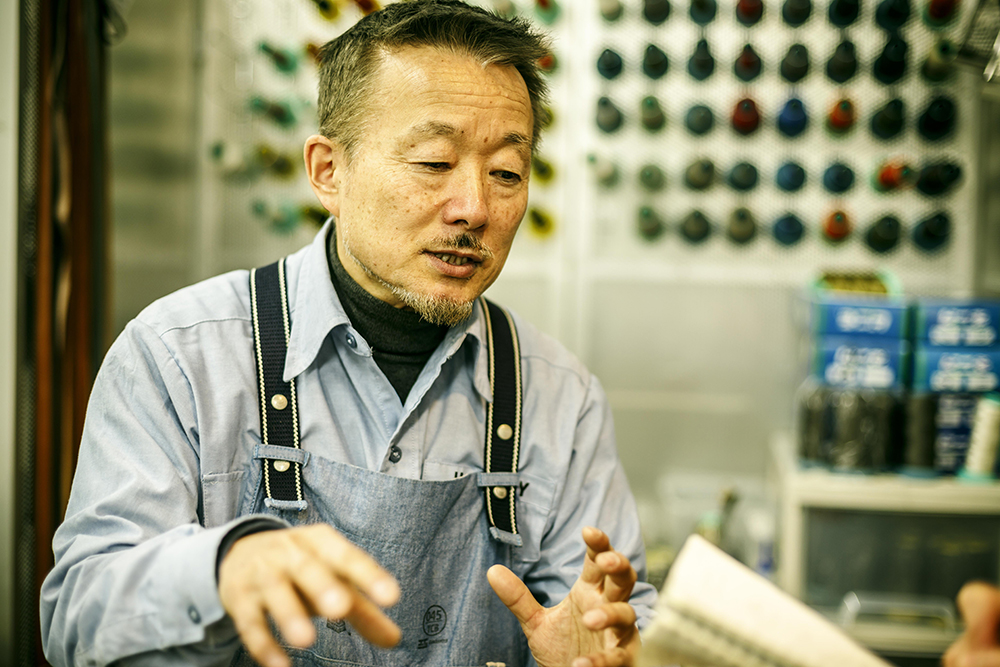
"There are many ready-made canvas bags out there, but the products we make have a story behind them: 'Yokohama Canvas.' We are confident in that identity, and we want our customers to enjoy the comfort and joy of owning them... that's the thought that drives us to work in the workshop every day."
We also had a chance to see the shop next to the workshop. In light of the increasing number of foreign customers in Yokohama, a tourist destination, the interior decoration is not just about "Yokohama," but is more broadly defined to include an attempt to add a taste of "Japaneseness" throughout the store. For example, in front of the cash register is this noren curtain. The family crest-like mark is the brand signature "045 (045)."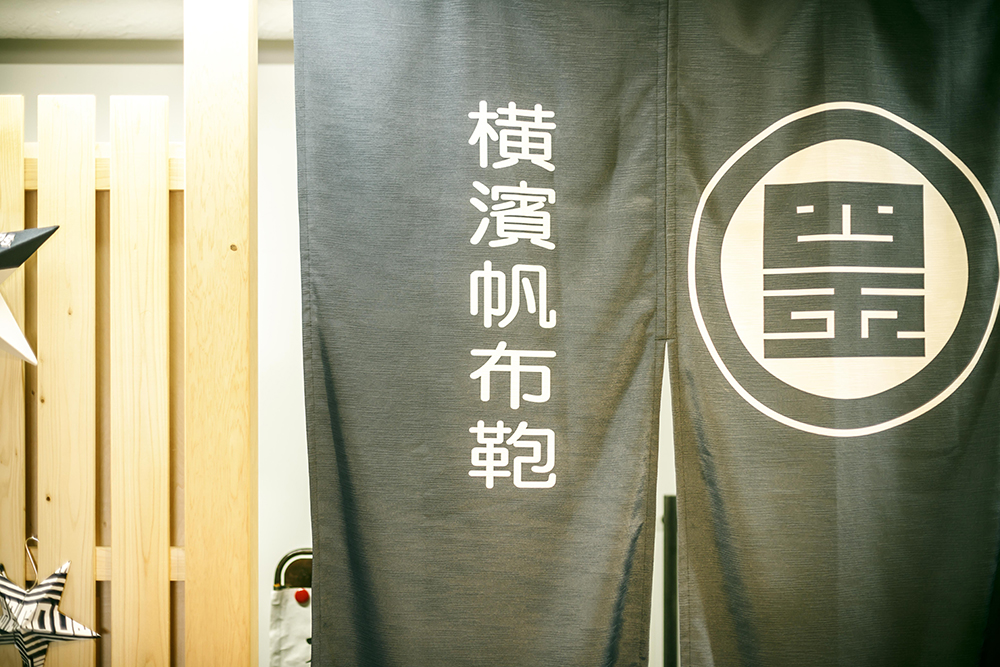
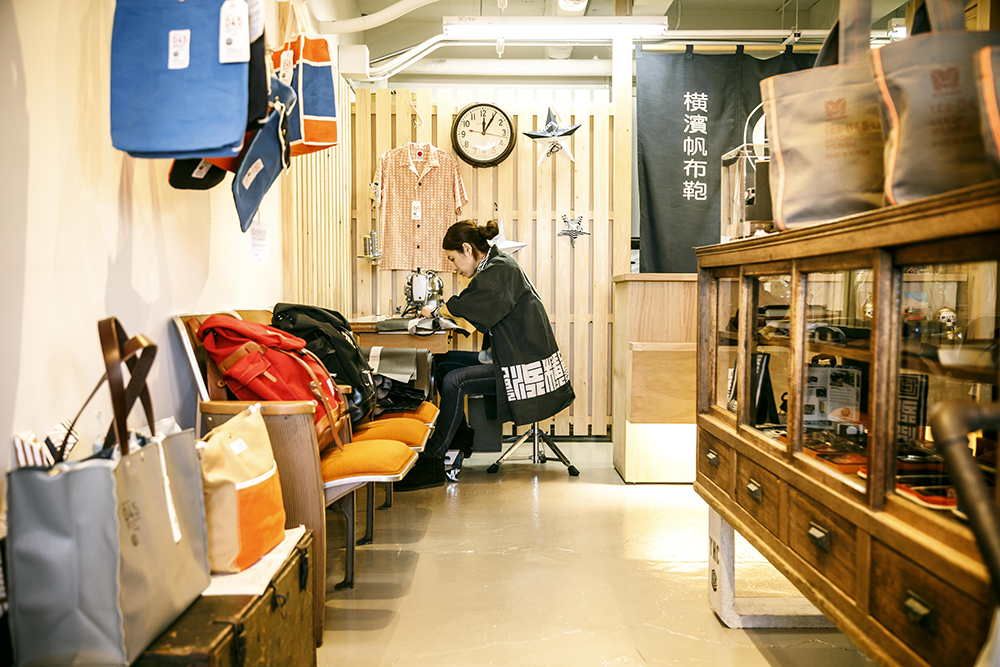
There is a sewing machine next to the cash register, and while looking at the products in the store, you can get a glimpse into the manufacturing process in Japan.
Furthermore, inside the store, there is a creative tea room of about 3 tatami mats called "Hawaian." Based on the concept of "NO BORDER," meaning a peaceful space for people to gather together, it is used not only for tea ceremonies, but also for exhibitions and sales of artists' works.
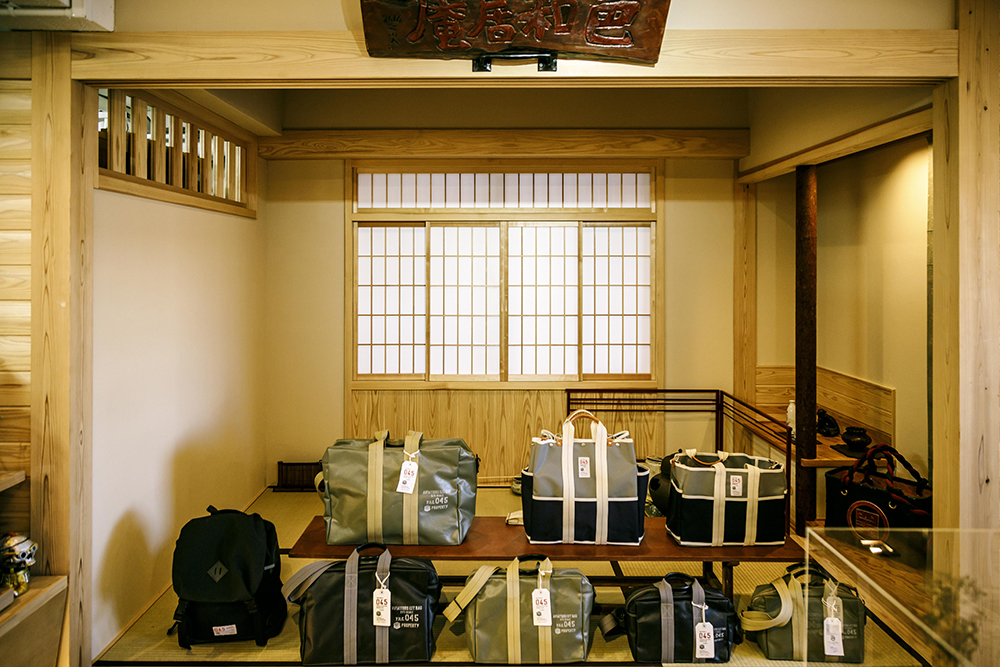
There will also be a wide selection of tote bags, body bags, and backpacks perfect for the upcoming travel and outing season. Enjoy the sea breeze from Yokohama Port in this blessed location, and come discover the "Yokohama Original" that's just right for you.


